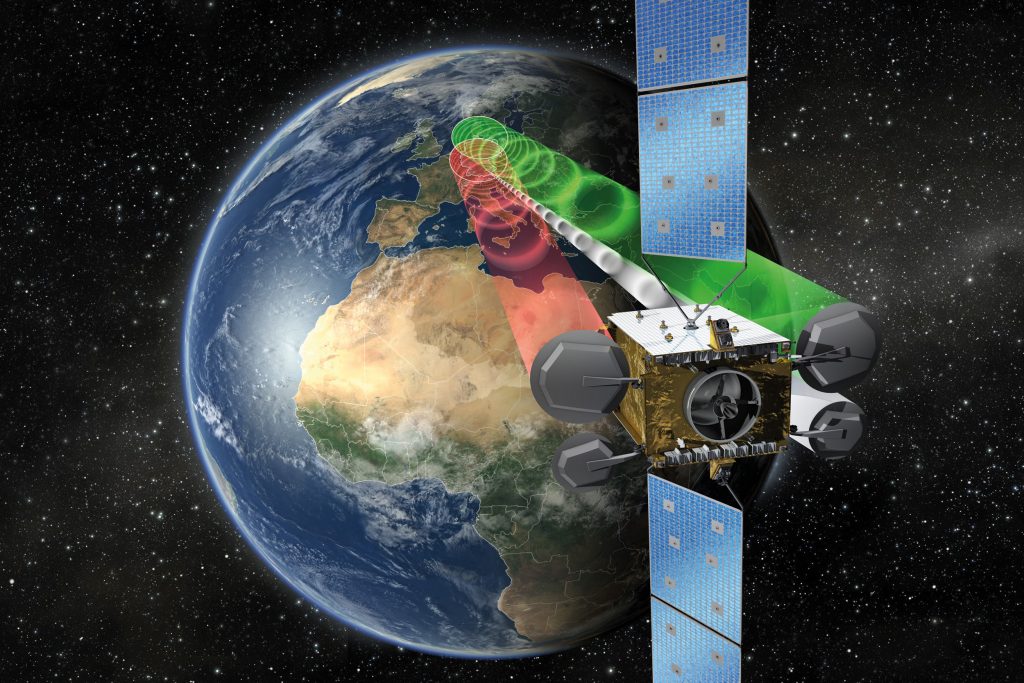New technologies for satellite communications
We are reachable at anytime and anywhere by Internet, email or text message, which we send and receive by smartphone, tablet PC or notebook. This results in a sheer inconceivable flow of data around the globe. The development of new technologies for communications satellites will be necessary in order to satisfy this hunger for information. The German Heinrich Hertz satellite mission caters precisely to this need: it will be used as a test platform for technologies that are exposed to the extreme stress of a space environment. The satellite will need to cope with strong radiation and immense temperature fluctuations for up to 15 years. Known as in-orbit verifcation, this procedure minimises the risk of failure, which cannot be adequately simulated on Earth. The testing of an innovative, flexible and hybrid payload concept will also use experiments to examine the opportunities and limits of adaptability for future missions. Heinrich Hertz will allow the scientifc and industrial communities to conduct numerous experiments to demonstrate the functionality of various technologies. For instance, innovative developments in the area of user terminals with antenna diameters of less than 80 centimetres will indicate the limits placed on mobility and reachability in congested frequency bands. In addition, the German communications satellite will serve as a ‘relay station’ for microsatellites orbiting Earth. Here, Heinrich Hertz will signifcantly extend their contact times with ground control stations, which in turn will substantially increase data transfer. In addition to the scientifc and technical mission objectives, which are funded by the German Federal Ministry for Economic Affairs and Industry (BMWi), the German Federal Ministry of Defence (BMVg) is also involved in the Heinrich Hertz mission. Among other things, this will beneft civilian and military forces in disaster and crisis regions in the event that the groundbased communications infrastructure is overloaded or destroyed. The DLR Space Administration is responsible for the planning and control of the mission.
German Aerospace Center (DLR)
Heiko Ultes · E-Mail: heiko.ultes@dlr.de · DLR.de/en
